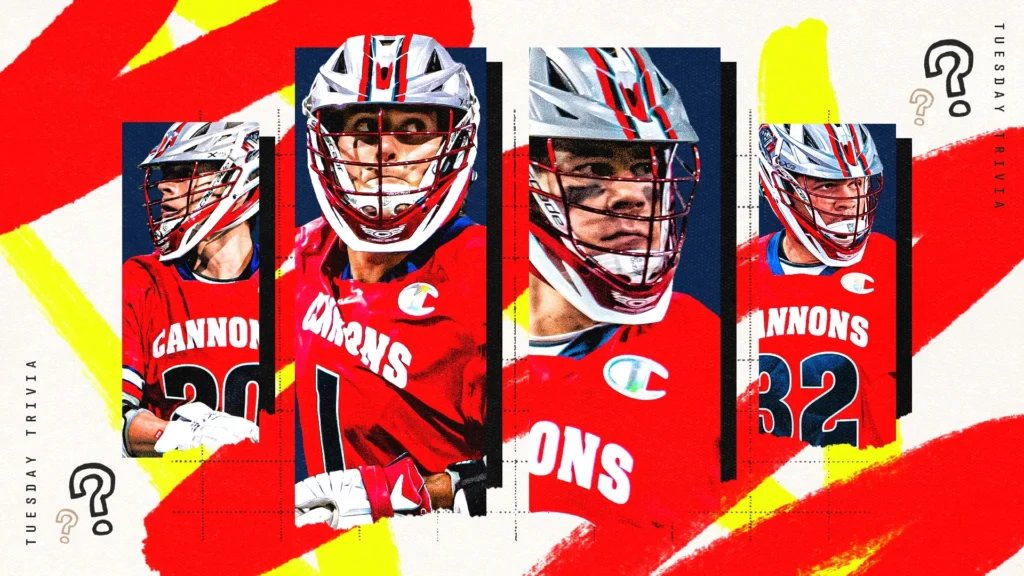The New York Atlas came into training camp with four lefty midfielders in Kyle Jackson, Cole Williams, Payton Cormier and Reid Bowering. By Week 4 of the season, only one had emerged as a key contributor to New York’s offense.
It was Bowering, who entered camp under the radar after appearing in just three games over his first two PLL seasons.
The Canadian lefty is not the fastest or the strongest midfielder when he steps on the field, but he possesses some of the best IQ out of any player who runs through the box.
“Having a guy like Reid inside draws defense’s attention, and also him setting off ball picks in there really helps open up our entire offense,” said Atlas attackman Xander Dickson, who believes that Bowering’s emergence has strengthened the unit’s trust. “Our offense has a ton of trust in one another all over the field. Guys excel in one thing or another, but we’re pretty positionless as a group, which gives us a ton of flexibility to run different looks.”
The Atlas added Bowering to their 19-man roster after their 1-2 skid to start the season and are 5-1 since he began seeing substantial minutes in the team’s offense. Bowering’s role, which rarely gets accounted for in the stat sheet, has brought a new light to New York’s offense. What is his role exactly? Create space for everyone around him.
Prior to Bowering being inserted into New York’s offense, reigning league MVP Jeff Teat was averaging just 2.6 points per game. Since Bowering’s addition, Teat’s points per game average has bumped to 4.6.
Bowering has been crucial in New York’s pick game on the lefty side to help clear room for Teat to have more freedom to either distribute or score with a larger window to operate.
Here’s a great example of how Bowering’s movement off-ball creates a better look for Teat to find Dickson for a crease finish: Bowering sets a screen that allows for Dickson to get space on the inside for a split second, leading to a New York goal.





